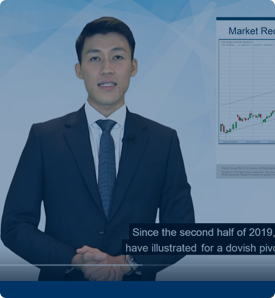Trading Indicators
Table of Contents
Trading Indicators
A series of instruments known as signals are used on an investment chart to assist render the marketplace more understandable. For instance, they may verify if the stock market has a pattern or range. Additionally, markers may offer particular market data, including whether an item has become overpriced or stressed relative to its price bracket and is thus ready for a turnaround.
What are Trading Indicators?
Trading signals help traders see specific signals and patterns in the share market by plotting mathematical calculations as bars on an exchange chart. They are merely a collection of instruments used on an investment chart to simplify market movements and produce a more precise analysis.
- The movable average: referred to be the Small Following Average, represents a trending price indication that adjusts market data by regularly updating the median price. It is one of many trading indications. The value elements of financial instruments are combined in this analytical method over a predetermined time frame. The Moving Averages (MA) indicator creates an upward line, eliminating any volatility brought on by sporadic price increases.
- Exponential moving average (EMA): Since those with the most recent pieces of data receive greater importance when calculating EMA, it can be more responsive to new knowledge than the SMA. Continuously weighted averages with motion are another option. This is due to EMAs’ high sensitivity to current price movements.
- Moving average convergence divergence (MACD): By contrasting two averages that are moving, MACD can identify shifts in impetus. The levels of resistance and support can be used to identify potential trading and buying opportunities.
- Relative strength Index (RSI) – The RSI is a different fluctuating indication that investors employ to evaluate marketplace growth, liquidity, and early warning indicators for possibly hazardous price swings. Its value ranges from zero to one hundred, offering data other than what a MACD indication might. An asset approaching the 70 percent level is typically regarded by investors as being overvalued, whilst an asset at the 30 percent mark is regarded as being overbought.
- On-balance-volume (OBV) – The OBV is a useful indication that gathers a significant number of volume-related data into just a one-line indication. By including activity on “up” days and excluding activity on “down” several days it measures the total amount of buying and selling activity. Trends ought to be confirmed by the ideal quantity. The OBV ought to rise when the price does and reverse the trend.
- Average Directional Index (ADX): The ADX is an upward indicator that gauges a movement’s vigour and forward velocity. According to which way the market is heading, the pattern is thought to have significant lateral strength whenever the ADX exceeds 40.
Understanding Trading Indicators
Technical indicators for trading are frequently used by traders as well as investors to assist determine high-probability market entry and withdrawal positions. The majority of trading systems offer hundreds of metrics, making it simple to utilise excessively or to do so ineffectively. To make the best use of these analytical tools, this post will cover how to choose various indicators, what to do to prevent an overload of data, as well as how to optimise indications.
Types of Trading Indicators
Numerous trading indicators are available. But the best of them are:
- The on-balance volume, or OBV
- The accumulation/Distribution line is the most widely used of all.
- The directional index is typical.
- Oscillator for Arons.
- MACD, or moving average convergence divergence
- RSI, or relative strength index
- Key Performance Indicators, or KPIs
- The stochastic oscillator.
Example of Trading Indicators
Rolling averages, Fibonacci lines and Bollinger Bands are a few examples. Technical indicators which swing among a nearby minimum and peak are called oscillators, and they appear above or beneath a price graph as opposed to being superimposed on it. The stochastic oscillator, RSI and MACD are among the other examples.
Frequently Asked Questions
A key performance indicator, or KPI, is a numerical gauge of how well a particular objective was accomplished over a long amount of time. KPIs provide milestones to measure progress, targets for divisions to aspire, and information that helps people across the company make better decisions. Key performance indicators assist in determining the long-term goals of every department inside the business, from marketing and business development to finance and human resources.
The technique of technical analysis uses a relative strength index or RSI, a type of momentum measure. To determine if a security’s price is appropriate, the RSI examines the rate and amplitude of current price fluctuations.
A metric known as a genuine progress indicator, or GPI, is employed to measure a country’s expansion. This socio-economic measure is often viewed as being redundant compared to GDP. The GPI figure covers every variable that goes into a country’s GDP as well as any extra costs like those brought on by crime, pollution, depleting assets and the unfavourable effects of commerce.
Among the most effective trading indicators are:
- Average movement (MA)
- Fibonacci retracement
- EMA, or exponential moving average
- MACD (moving average convergence divergence)
- Brownie bands
- Oscillator stochastically
- RSI, or relative strength index
- Cloud Ichimoku
- Normative deviation
- Ordinary directional index
If an investor comprehends the real intent of an indication, they are excellent tools. One may just observe market behaviour to determine trends or fluctuations, but indicators remove any uncertainty and speed up the data processing procedure considerably.
Related Terms
- Secondary Market
- Subordinated Debt
- Basket Trade
- Notional Value
- Speculation
- Quiet period
- Purchasing power
- Interest rates
- Plan participant
- Performance appraisal
- Anaume pattern
- Commodities trading
- Swing trading
- Interest rate risk
- Equity Trading
- Secondary Market
- Subordinated Debt
- Basket Trade
- Notional Value
- Speculation
- Quiet period
- Purchasing power
- Interest rates
- Plan participant
- Performance appraisal
- Anaume pattern
- Commodities trading
- Swing trading
- Interest rate risk
- Equity Trading
- Adverse Excursion
- Booked Orders
- Bracket Order
- Bullion
- Grey market
- Intraday trading
- Futures trading
- Broker
- Head-fake trade
- Demat account
- Price priority
- Day trader
- Threshold securities
- Online trading
- Quantitative trading
- Blockchain
- Insider trading
- Ex-dividend date
- Equity Volume
- Downtrend
- Derivatives
Most Popular Terms
Other Terms
- Options expiry
- Adjusted distributed income
- International securities exchanges
- Settlement currency
- Federal funds rate
- Active Tranche
- Convertible Securities
- Synthetic ETF
- Physical ETF
- Initial Public Offering
- Buyback
- Secondary Sharing
- Bookrunner
- Notional amount
- Negative convexity
- Jumbo pools
- Inverse floater
- Forward Swap
- Underwriting risk
- Reinvestment risk
- Final Maturity Date
- Payment Date
- Margin Requirement
- Mark-to-market
- Pledged Asset
- Yield Pickup
- Trailing Stops
- Treasury Stock Method
- Stochastic Oscillator
- Bullet Bonds
- Contrarian Strategy
- Exchange Control
- Relevant Cost
- Dow Theory
- Stub
- Trading Volume
- Going Long
- Pink sheet stocks
- Rand cost averaging
- Sustainable investment
- Stop-limit sell order
- Economic Bubble
- Ask Price
- Constant prepayment rate
- Covenants
- Stock symbol
- Companion tranche
- Synthetic replication
- Bourse
- Beneficiary
Know More about
Tools/Educational Resources
Markets Offered by POEMS
Read the Latest Market Journal

Navigating the vast world of unit trusts can be daunting. With nearly 2000 funds available...

Predicting Trend Reversals with Candlestick Patterns for Beginners
Candlestick patterns are used to predict the future direction of price movements as they contain...

In the diverse and complex world of investing, unit trusts stand out as a popular...
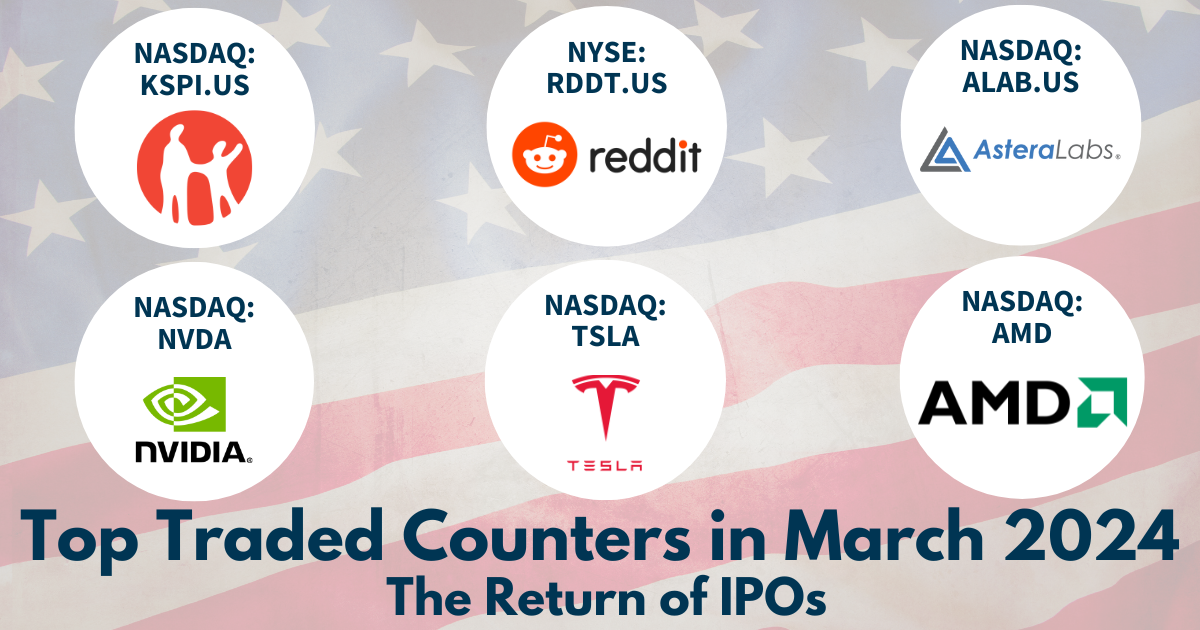
Back in Business: The Return of IPOs & Top Traded Counters in March 2024
Start trading on POEMS! Open a free account here! At a glance: Major indices continue...
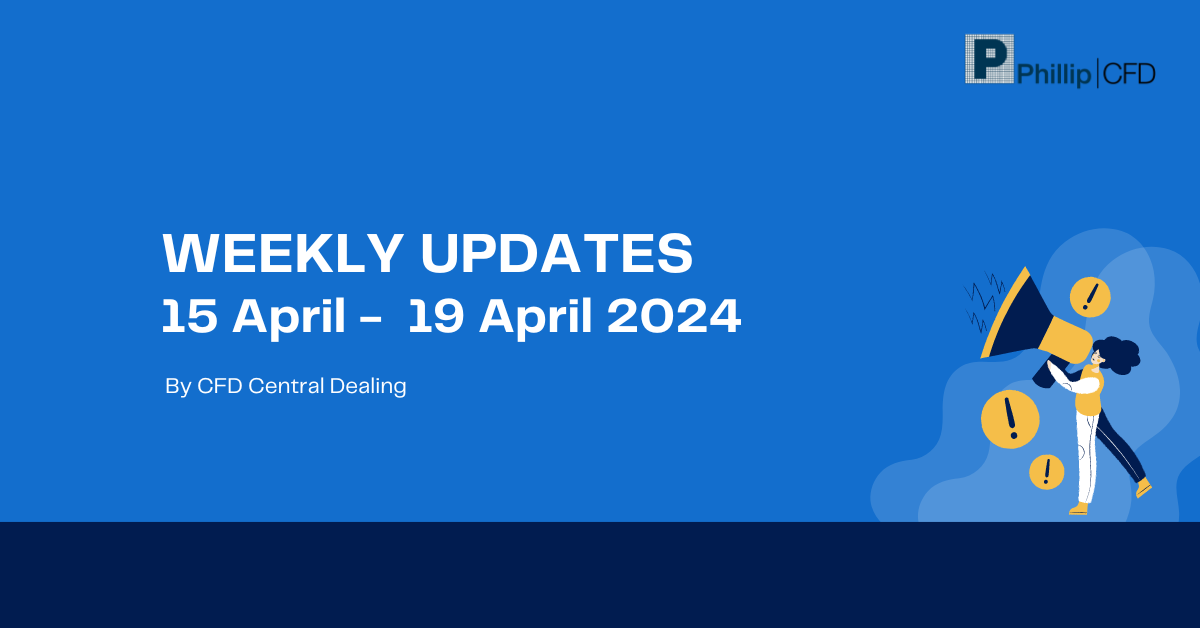
Weekly Updates 15/4/24 – 19/4/24
This weekly update is designed to help you stay informed and relate economic and company...
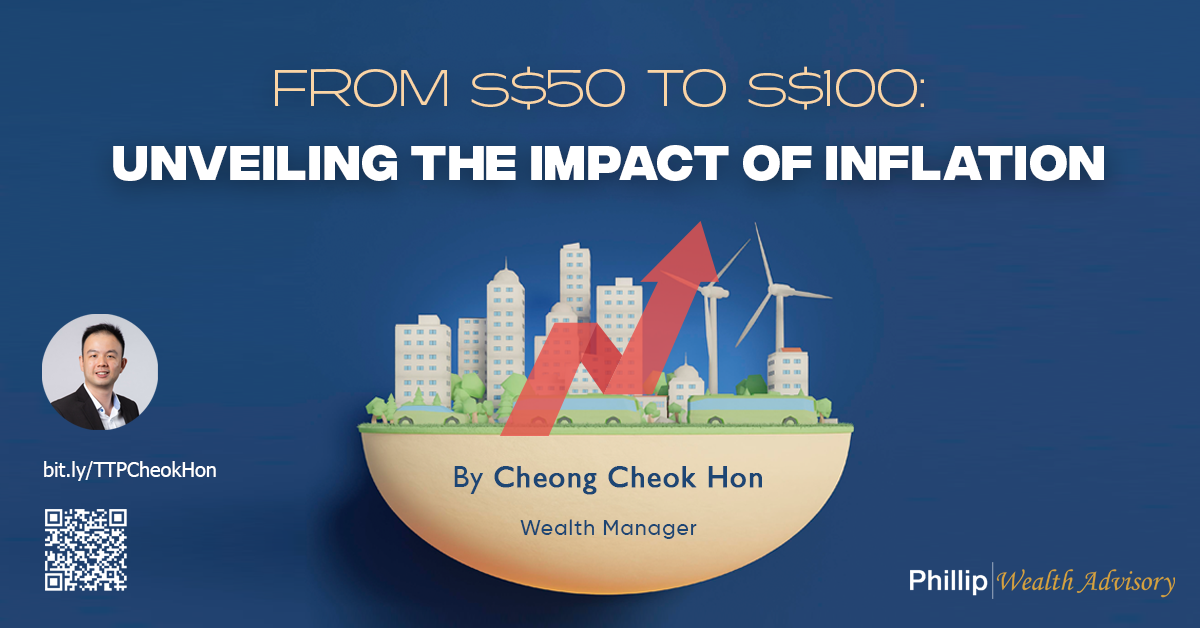
From $50 to $100: Unveiling the Impact of Inflation
In recent years, inflation has become a hot topic, evoking strong emotions as the cost...

Japan’s Economic Resurgence: Unveiling the Tailwinds Behind Nikkei 225’s Record Leap
Source: eSignal, Intercontinental Exchange, Inc. In the heart of Japan’s economic landscape, the Nikkei 225...
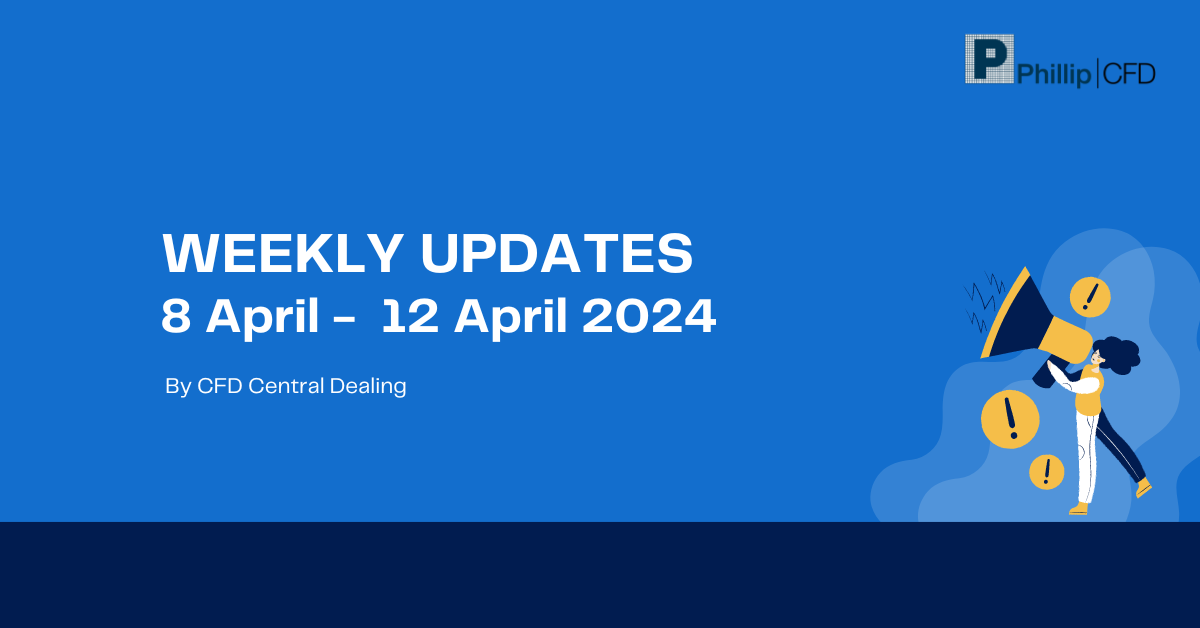
Weekly Updates 8/4/24 – 12/4/24
This weekly update is designed to help you stay informed and relate economic and...










